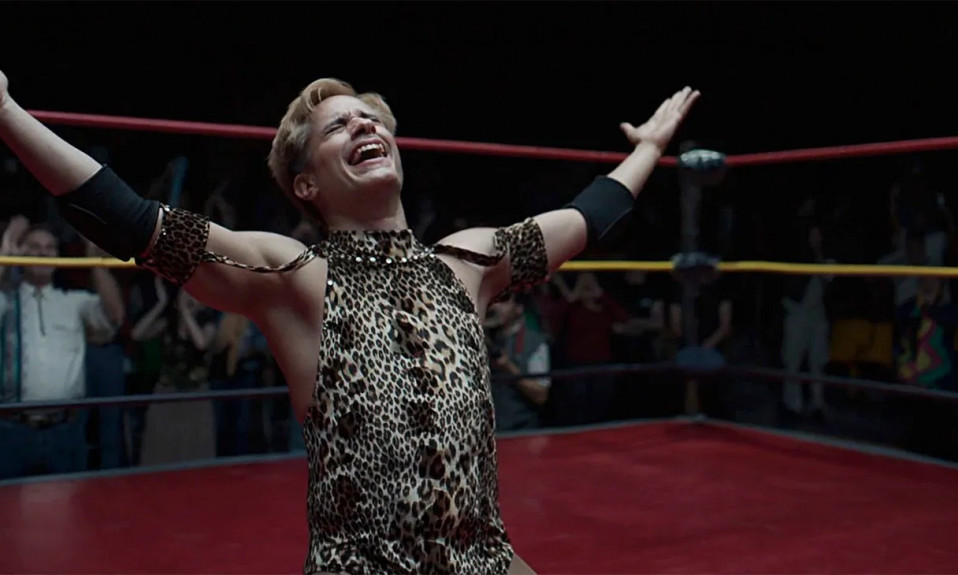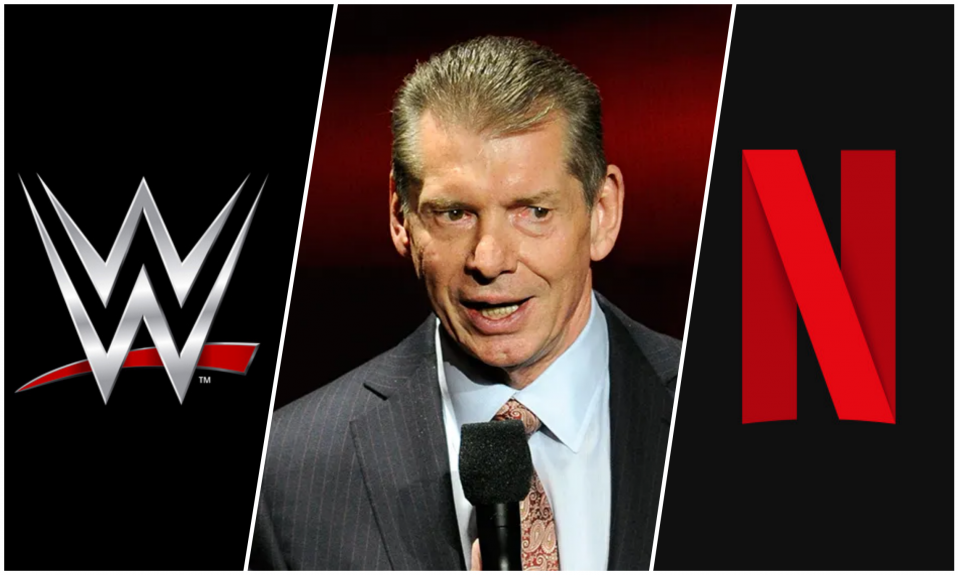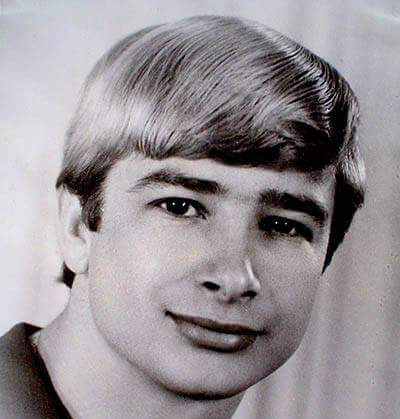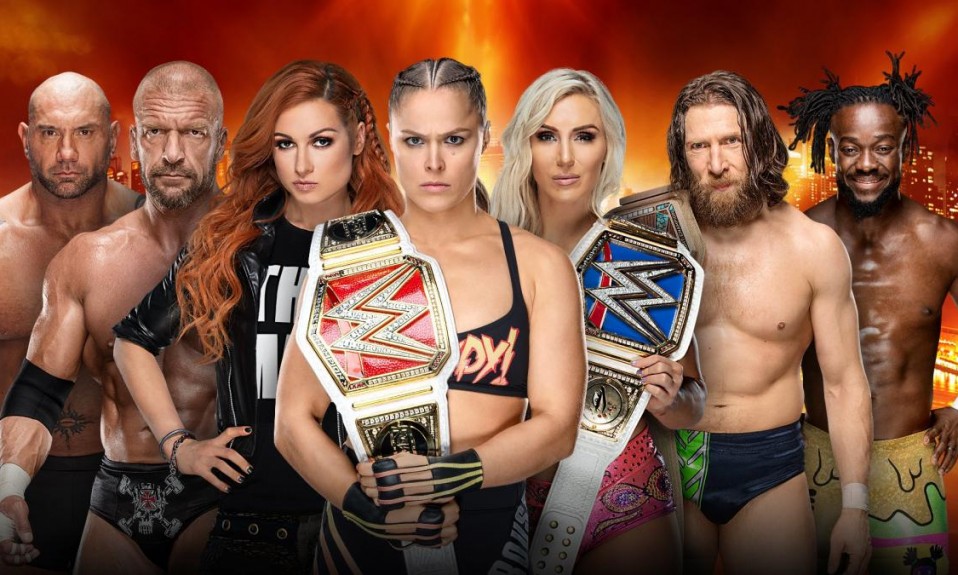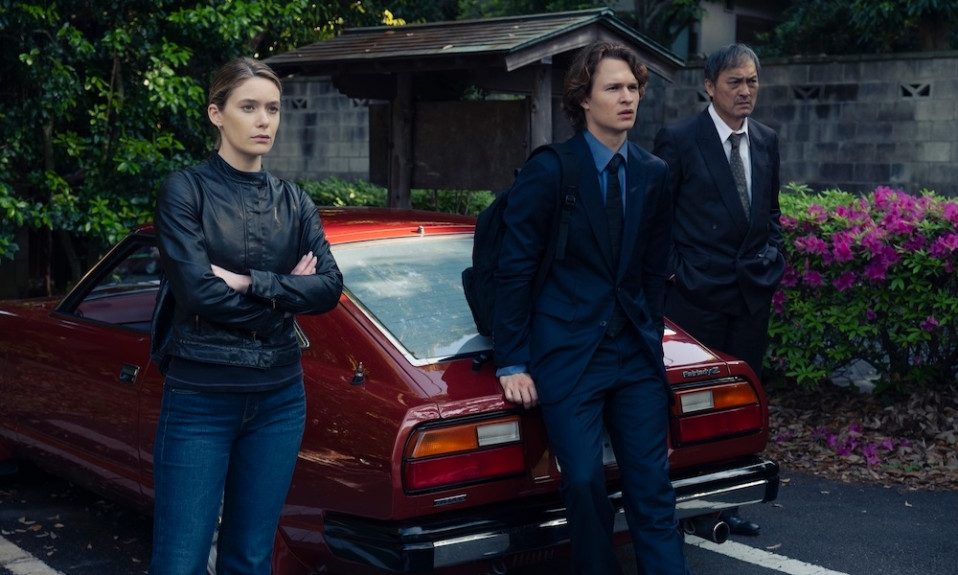As the luchador comes down the aisle he commands the attention of the assistance with a confident walk, piercing eyes, smirk surrounded by make-up and glitter, and platinum hair contrasting with his sun-kissed skin and sea green eyes. The crowd hurls offensive and homophobic language towards him but before the night ends, they end up serenading his name.
Cassandro (2023) brings the story of the “exótico” luchador that names the biopic, a persona created by Saúl Armendáriz an openly gay wrestler from El Paso, Texas, USA, in the very flamboyant yet masculine world of Mexican lucha libre, the amalgam of sport and artistic performance with predetermined outcomes, the nation’s version of pro-wrestling.
The Exótico, in pro-wrestling terms, represents a character or gimmick with the vibrant and flamboyant flair often associated with camp culture. In the Amazon Prime picture, Cassandro is given life by the international superstar Gael García Bernal from Mexico, one of the best actors of his generation that delivers another powerful performance.
Although highly popular and part of Mexican culture, lucha libre is still perceived as a kitsch product, even by considering that these squared circles narratives permeate the Mexican experience to the point that luchadors have their own local action movies and talking shows, and most famous are the enmascarados (masked ones) divided between técnicos (good guys) and rudos (bad guys) with legends like Mil Máscaras, El Santo and Blue Demon and their children who carry “El Hijo de” (the son of) before the names that came from their predecessors.
Lucha libre is a true Mexican contemporary mythology and it has achieved its highest representation in the work of the late legendary photographer Lourdes Grobet (1940 – 2022), who much like Cassandro had to surpass bias to have her work recognized and admired; while the exótico is the first luchador of his group to actually win a world title as before Cassandro exóticos ended up losing most of their matches.
In Cassandro, Bernal brings a layered character who already knows his gender identity and sexuality but still struggles to find his persona inside the ring. The actor’s range in portraying fragility and strength come into play but also the nuanced changes in voice tone and mannerisms showcase how although an assumed gay man still has to abide by certain codes considering the environment they are at the time and later starts to feel comfortable in their own skin.
The movie has an interesting aspect as a biopic because although it brings an elevating tone to the story, it doesn’t sanitize the character and shows the protagonist’s drug use without being judgmental, therefore it doesn’t try to be a canonizing document committing a common mistake of biopics that are more in tone with a pitch for a new saint than a serious work of art or even an honest entertainment piece.
The cast also brings performances that help to further understand the universe and character development of Cassandro by showing the attachment of a gay man to his mother, and the neglect by his father who denies him as both relations mirror realities known to gay men in many cultures.
Those masks and personas come into play with other characters. Cassandro’s female lucha libre trainer (Roberta Colindrez) who also is part of the queer community, also has a persona, Lady Anarquía, which is an extension and more vibrant face of their personality.
Some of the saddest passages come with Cassandro’s lover Gerardo (Raúl Castillo), a married luchador and father of children who isn’t able to leave the closet in a nation marked with machismo and Latin religious dogmas.
Puerto Rican musician Bad Bunny (Benito Antonio Martínez Ocasio), an ardent aficionado of pro-wrestling who also partakes in the ring, plays a minor drug dealer in Cassandro and is growing as an actor with each appearance which is considerable given that many players that come from another area fall short when try their hands at acting. The picture also gains in gravitas by having the real El Hijo del Santo playing himself.
The color palette of the movie set by cinematographer Matias Penacho strays away from how Anglo-Saxon media shots the country like a Mad Max wasteland. It is colorful matching Cassandro’s personality with its joys and dilemmas and resembles the art of Grobet who had shown these modern Aztek gods in their privacy be it in the locker room or at home. The art direction by Margarita Laborde, set decoration by Vanessa Bryant and costume design performed by María Estela Fernández make the experience more immersive and set how different the lucha libre scenes are from the daily routine. All rounded up by the Oscar-winning documentarian Roger Ross Williams.
These elements combined elevate the picture and García Bernal jumps from the top rope with a dropkick as a contender for awards season, his training to perform the lucha libre moves shows commitment and respect to the craft. Sports cinema is more attached to boxing dramas and sadly when it regards pro-wrestling, they are straight-out comedies or they suffer from poor storytelling and acting, which is not the case with Cassandro.
Another movie that broke from these wrestling pictures troupes is The Wrestler (2009) with its melancholic encore for the character portrayed by Mickey Rourke. Like The Wrestler, the García Bernal vehicle is a serious picture which doesn’t deny the campiness of this environment with larger-than-life figures, and it shows that pro-wrestling and lucha libre stories can turn into great narratives.
Cassandro is available to Stream on Amazone Prime Video
Also Read: The Eternal Appeal of the Boxing Movie


